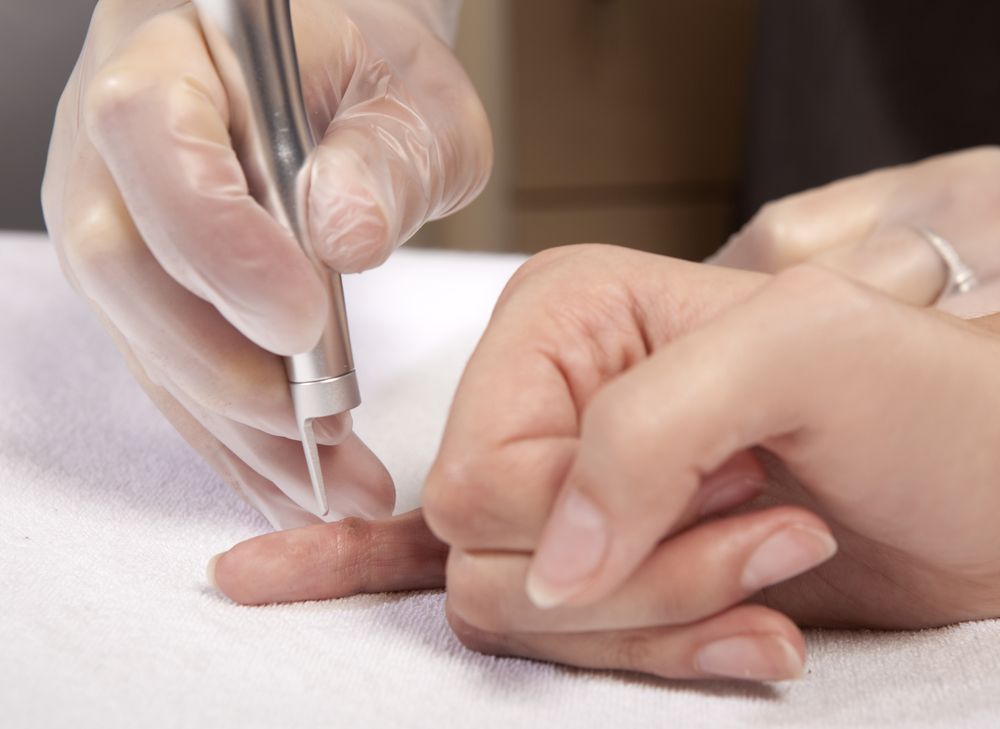Wart Removers Catch Fire and Hurt 10, FDA Reports

Some wart removers are highly flammable, and consumers should not use them around any source of heat, the Food and Drug Administration is warning today (Jan. 16) after receiving several reports of these products catching fire and harming people.
The agency said it has received 14 reports since 2009 about cryogenic wart removers, which remove warts from the skin by freezing them off. The products are sold over the counter and contain a mixture of liquid dimethyl ether and propane. The real number of incidents that go unreported is likely higher, according to the FDA.
In the reports, 10 consumers described injuries such as burnt hair and skin, and blisters, according to information on the agency's website from FDA nurse consultant Karen Nast. Nearby items have also caught fire. In most of the reports, the source of ignition wasn't identified.
"This is extremely concerning, especially because people may not be aware that everyday household items like curling irons and straight irons can be hot enough to be an ignition source for these products," Nast said in a statement.
Warts are growths caused by human papillomavirus (HPV) infection, and can appear on any part of the body. They are more common in children than in adults.
In most people, warts disappear on their own without treatment. However, they can be treated by a health care professional, or at home with various over-the-counter products, such as topical applications of salicylic acid, which soften warts so they fall off or can be easily removed.
If freezing treatments are used, the dispensers should be handled away from any source of fire or heated objects, the FDA said. Most freezing treatments come in a dispenser that releases the cooled, pressurized mixture onto the wart.
Sign up for the Live Science daily newsletter now
Get the world’s most fascinating discoveries delivered straight to your inbox.
In the reports FDA has received, the dispenser generally caught fire when it was releasing the mixture.
Email Bahar Gholipour. Follow us @LiveScience, Facebook & Google+. Original article on LiveScience.












